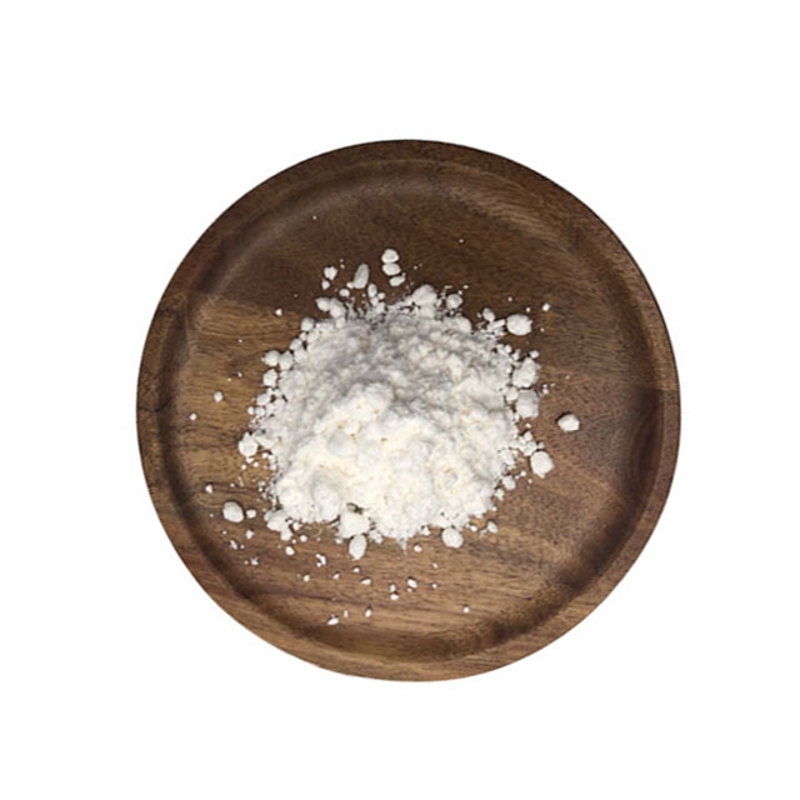-
Categories
-
Pharmaceutical Intermediates
-
Active Pharmaceutical Ingredients
-
Food Additives
- Industrial Coatings
- Agrochemicals
- Dyes and Pigments
- Surfactant
- Flavors and Fragrances
- Chemical Reagents
- Catalyst and Auxiliary
- Natural Products
- Inorganic Chemistry
-
Organic Chemistry
-
Biochemical Engineering
- Analytical Chemistry
- Cosmetic Ingredient
-
Pharmaceutical Intermediates
Promotion
ECHEMI Mall
Wholesale
Weekly Price
Exhibition
News
-
Trade Service
Recently, researchers from the Chinese Academy of Sciences and Shenzhen BGI Institute of Life Sciences and other institutions have induced and cultured human totipotent stem cells that resemble fertilized eggs for 3 days through somatic cell induction.
"The human cell is another subversive breakthrough in the field of regenerative medicine after scientists successfully induced human pluripotent stem cells
.
The relevant research results were published in the top international academic journal Nature in the early morning of March 22, Beijing time (Figure 1)
Nature _ _ _
Figure 1 Research results (Source: Nature)
Figure 1 Research results (Source: Nature)Researchers have developed a non-transgenic, rapid and controllable "cocktail" of cell reprogramming methods that can transform human pluripotent stem cells into totipotent 8-cell stage embryo-like cells , equivalent to 3 days of fertilized egg development.
state of totipotent stem cells
.
This achievement will help realize the in vitro regeneration of human organs in the future, which is of great significance for solving problems such as organ shortage, allogeneic and xenotransplant rejection,
A non-transgenic, rapid and controllable "cocktail" of cells reprograms pluripotent stem cells into totipotent 8-cell stage embryo-like cells
In 2012, the Nobel Prize in Physiology or Medicine was awarded to Shinya Yamanaka, a Japanese scientist who successfully induced mature somatic cells into blastocyst-stage pluripotent stem cells
.
Human blastocyst stage cells are in the state of fertilized egg development for 5-6 days, and its ability to further develop is relatively limited
The study took the field a big step forward, and for the first time obtained embryonic cells that were only three days old from a fertilized egg
.
In the early stage of fertilized egg development, great changes take place every day.
"These totipotent 8-cell embryo-like cells recreate the embryonic state of a fertilized egg after only 3 divisions, and can differentiate into placental tissue and potentially develop into more mature types of stem cells than past pluripotent stem cells.
Body tissue has brought good news to millions of patients around the world who need organ transplantation
.
" said the corresponding authors of the paper, Professor Miguel A.
"These totipotent 8-cell stage embryo-like cells recreate the embryonic state of a fertilized egg after only three divisions, and can differentiate into placental tissue and potentially develop into more mature types of stem cells than past pluripotent stem cells.
"This progress is also a perfect example of the combination of regenerative medicine and single-cell sequencing technology.
The breakthrough of this research is due to the advancement of single-cell sequencing technology
.
In the past, researchers may have to process and culture thousands of cells with less than 15 percent chance of success
In this study, the research team also sorted and injected the induced totipotent stem cells into mice for further development, and then used BGI's single-cell sequencing technology for large-scale cell mapping analysis
.
Ultimately, the researchers determined that the experimentally obtained totipotent stem cells were highly similar to human 8-cell stage embryonic cells, demonstrating the totipotency of the cells
The totipotency of the cells was demonstrated
.
This provides a scientific basis for using the patient's own cells for organ culture in the future and for transplantation and replacement of their own organs
.
The study was led by the Chinese Academy of Sciences and Shenzhen BGI Life Sciences Research Institute, with the participation of several research teams from the University of Cambridge, Jilin University, and Rajshahi University in Bangladesh
.
This study has passed the ethical review and strictly followed the corresponding regulations and ethical guidelines
.
Typesetting|Text Selection
Typesetting|Text SelectionEnd
End leave a message here






